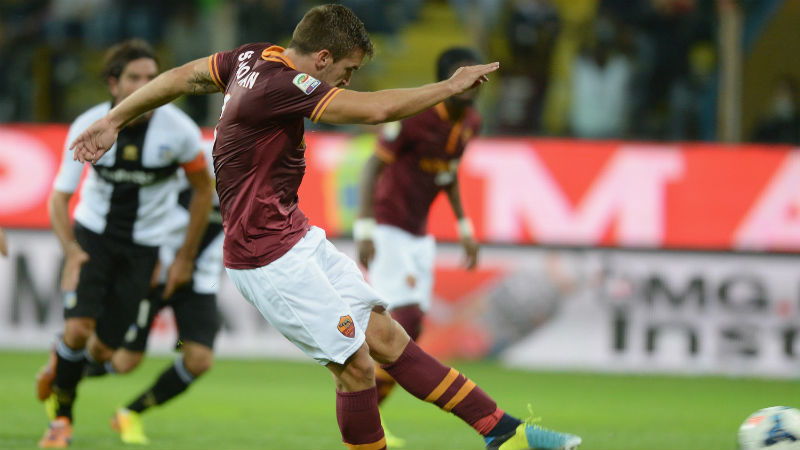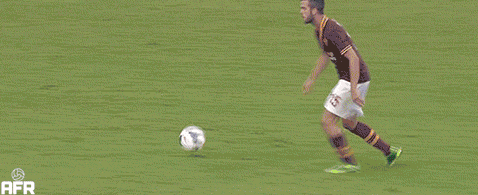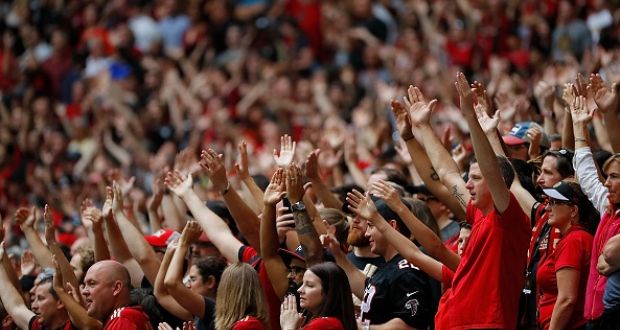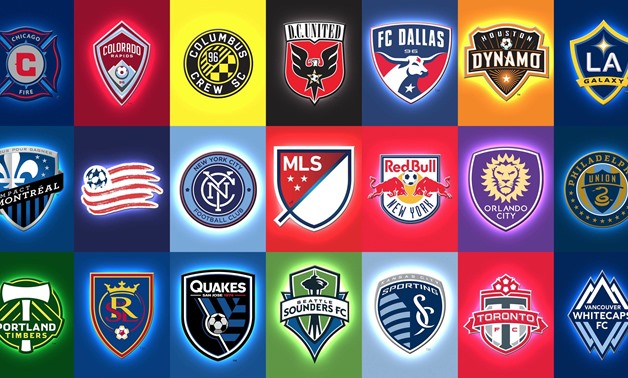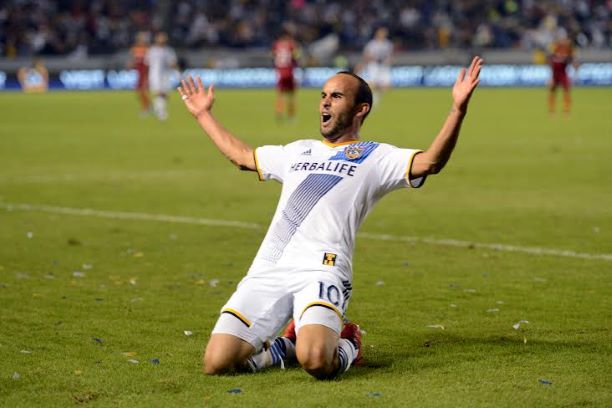An Awakening in the Eternal City
An Awakening in the Eternal City
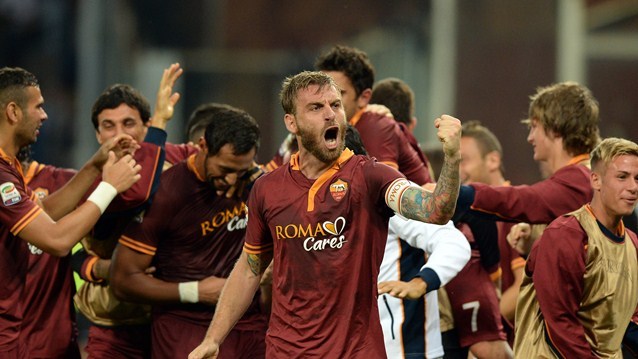
An Awakening in the Eternal City
By John Ray
Roma’s Ultras held up a banner that read “Not knowing how to respond to defeat is worse than defeat itself” upon the side’s presentation to supporters on August 21st. They were referencing the side’s 1-0 loss to Lazio in the Coppa Italia final, the first steps of what they assumed was the destruction of a young but talented team, as well as the uninspired hiring of Rudi Garcia, who was resoundingly booed. It was assumed that Garcia would merely be the next to fly off the Benedetto consortium’s coaching carousel. In the carousel’s wake lay the mangled egos of Zdenek Zeman and Luis Enrique: men who I greatly admire, but found it difficult for their idealism to gain traction in the pragmatic landscape of today’s Serie A.
We’re now only 3 months into Rudi Garcia’s reign as manager, and if you haven’t been paying attention, the carousel has stopped. Garcia has already etched his name into the history books by presiding over Roma’s greatest ever start to a Serie A season, conceding only a single goal overall, and picking up a 2-0 win over rivals Lazio in the process. Roma are playing some of the most promising and attractive football seen from the side in years, and I’m genuinely excited to watch the club. The shift in fortunes has been enabled by both major and minor changes to three core components that underline football tactics: personnel, ideology, and positioning.
The players:
If you want a bit of a laugh, have a look at Roma supporters’ prognostications for the season and thoughts regarding the board from just after the closing of this past transfer window. The widespread doomsday predictions and furor weren’t necessarily that hard to understand. The team sold their two most promising players, Erik Lamela and Marquinhos, and didn’t bring in a single player that could create an equal amount of excitement.
The reality of the situation, however, was that the key sales (Lamela, Marquinhos, Stekelenburg, and Osvaldo) allowed Garcia to stabilize the side with quality and depth in areas where the side desperately needed it, while making massive profits in the process. The seven major incoming players were Adem Ljajic (Fiorentina), Gervinho (Arsenal), Kevin Strootman (Ajax), Mehdi Benatia (Udinese), Maicon (Manchester City), Morgan De Sanctis (Napoli), and Tin Jedvaj (Dinamo Zagreb).
Benatia, for me, is a stronger, smarter, and more accomplished player now than the lithe and promising Marquinhos. The Brazilian certainly could (and probably will) prove to be the better player in the long run, but Benatia is in his prime as a defender and had previously led Udinese to consistently perform better than the sum of their parts in defense. The partnership that he and Castan are building in the back has been excellent, and the defense already seems to have an awareness and confidence that was missing during much of last season.
Strootman was arguably the most maligned signing, but has been, in my mind, the most instrumental player to their early successes. The Dutch international’s style has long been compared to the patient approach of Michael Carrick, but his game offers so much more, embodying the expression, “jack of all trades, master of none,” in the best possible way. He’s an able runner, defender, attacker and creator, and the system he’s playing in (we’ll get to that in a moment) gives him license to perform all of those duties. A player like Strootman is what Garcia’s tactics require, and there are few players that could better fill his role.
Ljajic and Gervinho are ostensibly a multi-faceted replacement to what Lamela offered. Ljajic has a bit of a temperamental and nasty side, but his technique and talent are tough to match. And if a player could be judged on those qualities alone, Ljajic would be extremely similar to Lamela. He can play in behind the striker and out-wide, and could offer the club a long-term replacement for Francesco Totti if the captain can help him grow as a player and as a leader in his remaining years.
Gervinho is easy to laugh off, but he clearly has ability, reaching the greatest heights of his career while playing under Rudi Garcia at Lille (where Eden Hazard, famously, declared him the most talented player he’d ever played with). The idea here was obviously to get him at a cut-rate and hope that he could rediscover some of the confidence and final product that he was missing and become a top-player again. We’re five matches in and he’s already scored a goal; he’s one to monitor.
The Ideas:
Speaking of carousel’s: Garcia’s tactics owe a lot, in terms of inspiration, to the Dutch teams of the 1970s that popularized rotating roles and duties for players. Garcia has long favored the 4-3-3 base system, but embraces a level of fluidity that leaves his system defying labels in practice, as the side becomes amorphous in the interest of manipulating space on the field. Serie A defenses, generally prepared to sit back in defense for long periods of the game, have been simply undone by the guile and movement of the team thus far. Garcia’s not a magic man, but he understands that successful football tactics are predicated on being strong and compact in defense, and open, controlling, and fluid in attack: a huge upgrade from his more single-minded predecessors.
The Positions:
The idea of a rotating 4-3-3 has been enabled by Garcia’s willingness to redefine his own formation’s positions based on the available personnel. He’s done this by resurrecting some of the positional ideas that underpinned Luciano Spaletti’s excellent 2007 team, and has made a few tweaks to allow for greater fluidity, more control in the midfield, and a little more defensiveness.
An idea that is almost a direct allusion to Spaletti’s side is Garcia’s use of Totti. The term “false-9” is thrown around a lot, but what’s going on here is that Totti is withdrawing into midfield to receive the ball, and although selected as a lone striker, has many of the duties typically given to a playmaker or a center forward. With Totti in the midfield, Ljajic and Gervinho or Florenzi move forward into either wing or striker positions, respectively, allowing the side to morph from its 4-3-3 base position to resemble a 4-3-1-2 on the counter-attack and a 4-5-1 when in possession. This positional flexibility has allowed a player that lacks pace like Totti to use his other attributes and intelligence to create confusion in the backline, while creating the space necessary to receive the ball and the time to do something with it.
Unlike the 2007 team, the midfield is doing much of the yeoman’s work in attack as well as defense. Spaletti preferred the counter to measured build-up, but that approach led his teams to be undone by European sides that weren’t as pragmatic as their Italian counterparts. Pjanic, De Rossi, and Strootman all have unique duties, but are also required to contribute in all phases of the game. This obviously places a physical strain on the players, but fortunately, the personnel are almost perfect to implement it. Adding another willing runner like Michael Bradley to the equation when he returns from injury should also help improve the depth and consistency of the approach. Roma have won the possession battle in every match this season and frequently pack the midfield with 5 or 6 players. This might typically result in a neutered attack, but the allowance for players to move from defense to attack, exemplified by Benatia’s goal against Sampdoria, has actually created more defensive chaos than many teams get out of static 4-4-2s.
Defensively, the midfield rotates based on who is attacking, always leaving one player to shield the defense at the base of the pyramid. This could potentially be a weak link going forward as the better sides in the league could sit back and wait to expose a weaker player like Pjanic in defense. Fortunately for Roma, only a few managers (namely Conte, Benitez, and Mazzarri) have both the quality on the pitch and tactical nous to execute that type of gameplan consistently. The fullbacks are generally staggered, with one performing a more defensive role and the other bombing up the pitch, but there have been times this season when both have moved forward and two midfielders have stayed back.
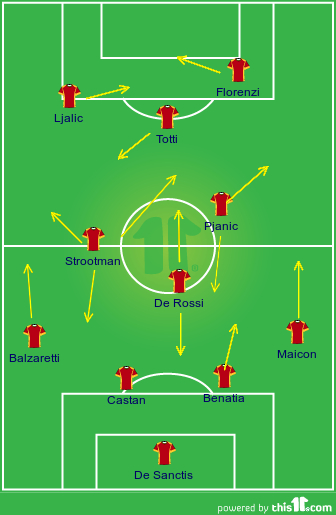
Here’s an example of Garcia’s tactical flexibility: the only outfield player not intentionally assuming multiple roles in the course of a game is Castan, who operates primarily as a covering defender.
Going forward:
There is no reason why Roma should be incapable of achieving a European place this season. Their only rivals, in my mind, are Juventus, Napoli, Inter, and Fiorentina. The latter two will be the obvious competitors for that coveted third Champions League spot, but Roma look to be well poised as long as Garcia’s ideas continue to evolve and health stays on their side. Their lack of European commitment should be a massive boost to their chances. And why not Roma? In winning Ligue 1, reinvigorating Joe Cole, and leading a supposedly “depleted” Roma side to their best ever start, anything seems possible with Rudi Garcia at the helm.
John Ray is a senior writer for A Football Report. You can follow him on twitter at @mynameisjohn and find more of his thoughts on his Tumblr. Comments below please.

